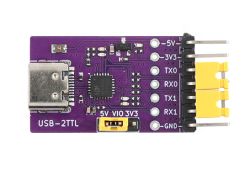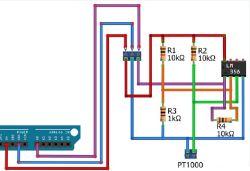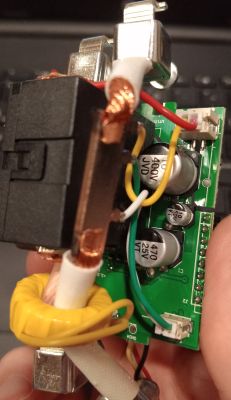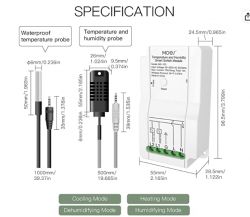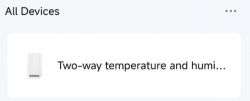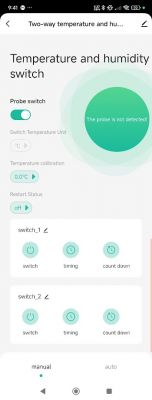https://www.amazon.com/dp/B09QPNPPLV this device in amazon。
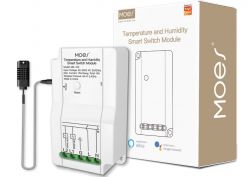
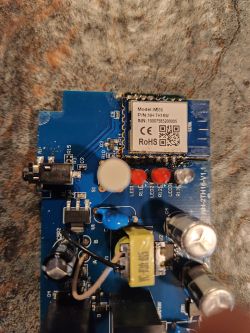
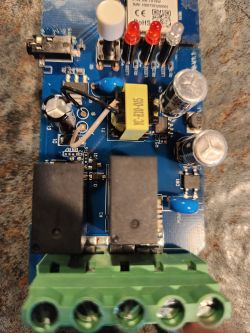
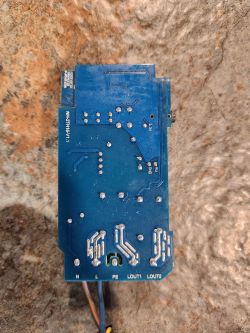
Core Model:WB3S
This device has three LEDs, a button, and two relays, as well as a 1-Wire sensor interface that supports two types of sensors: the DS18D20 temperature sensor and the CHT8305 temperature and humidity sensor, both using a 1-Wire connection and not I2C. The button controls the on/off state of the two relays, and automatic temperature and humidity control can be set up using Tuya's Smart Life app, making it ideal for various temperature control scenarios. However, it should be noted that the maximum current for the relays is 10A, so the load device should not exceed this limit without taking appropriate measures. Currently, the only drawback of using the OpenBeken platform is that it does not support 1-Wire devices. Below are the GPIO definitions for the WB3S chip.
“pins”: {
“1”: “Btn;0”,
“6”: “Rel;1”,
“7”: “1-Wire;0”, #TO DS18D20 OR AM2301A
“8”: “LED_n;1”,
“9”: “LED_n;0”,
“10”: “WifiLED_n;0”,
“24”: “Rel;0”
},




Core Model:WB3S
This device has three LEDs, a button, and two relays, as well as a 1-Wire sensor interface that supports two types of sensors: the DS18D20 temperature sensor and the CHT8305 temperature and humidity sensor, both using a 1-Wire connection and not I2C. The button controls the on/off state of the two relays, and automatic temperature and humidity control can be set up using Tuya's Smart Life app, making it ideal for various temperature control scenarios. However, it should be noted that the maximum current for the relays is 10A, so the load device should not exceed this limit without taking appropriate measures. Currently, the only drawback of using the OpenBeken platform is that it does not support 1-Wire devices. Below are the GPIO definitions for the WB3S chip.
“pins”: {
“1”: “Btn;0”,
“6”: “Rel;1”,
“7”: “1-Wire;0”, #TO DS18D20 OR AM2301A
“8”: “LED_n;1”,
“9”: “LED_n;0”,
“10”: “WifiLED_n;0”,
“24”: “Rel;0”
},
Cool? Ranking DIY



